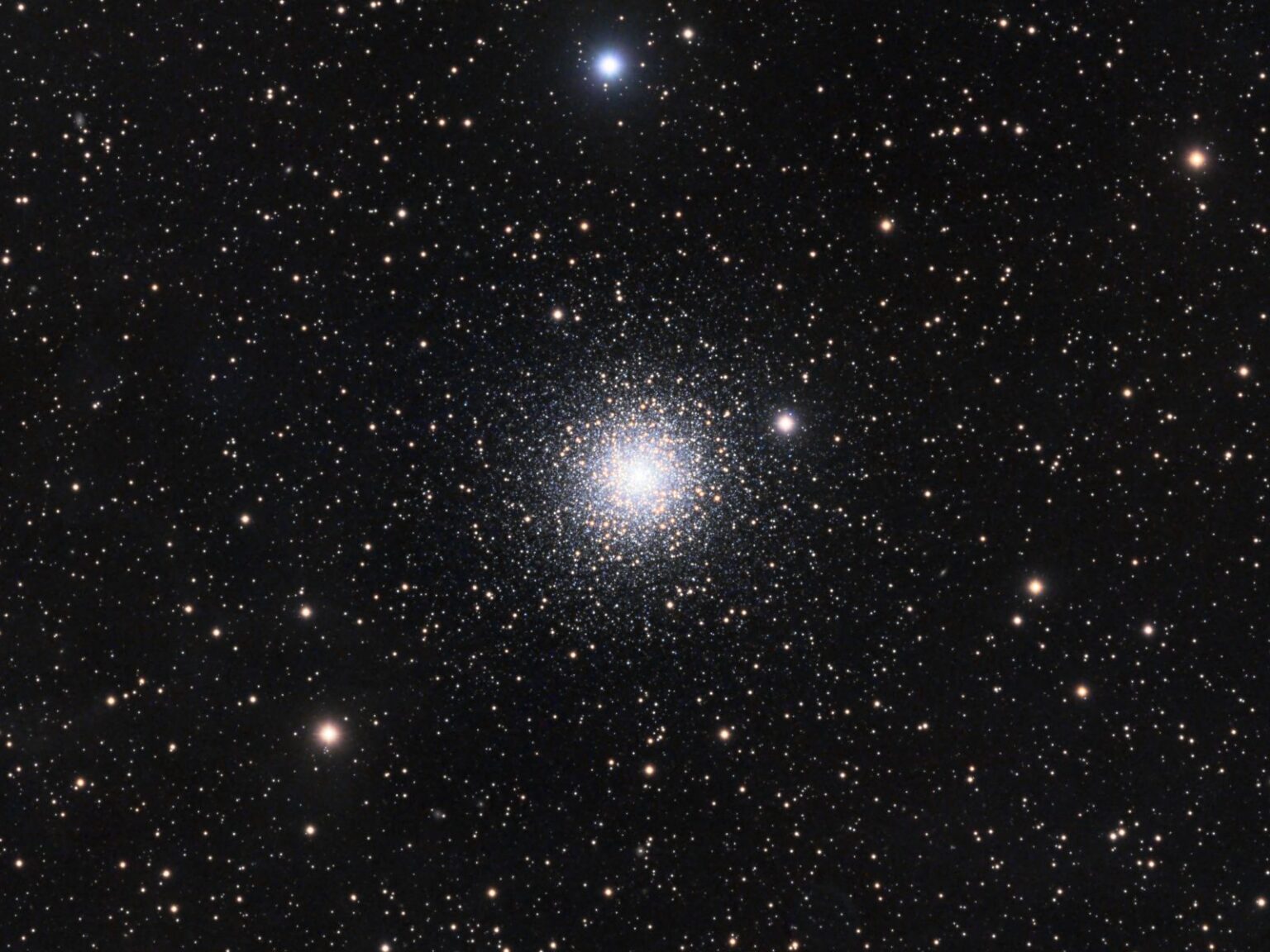You may be familiar with the Messier (M) numbers, which were named after the famous French astronomer Charles Messier. Messier was a trailblazer in his field, compiling the first catalogue of galaxies, nebulae, and star clusters in 1781. His catalogue was a significant achievement and served as a foundation for future astronomical research.
The Messier catalogue includes 110 objects, ranging from bright star clusters to faint nebulae. Each of these objects is assigned a unique M number, allowing astronomers to easily identify and study them. Among these objects are some of the most beautiful and intriguing features of the night sky, including the Orion Nebula (M42), the Andromeda Galaxy (M31), and the Pleiades star cluster (M45).
While the Messier catalogue is still widely used today, it has been largely superseded by the New General Catalogue (NGC) numbers. The NGC is a more comprehensive catalogue that includes not only the objects in the Messier catalogue but also many other celestial objects. It was first published in 1888 and has since been updated and expanded to include over 13,000 objects.
Despite its age, the Messier catalogue remains an essential tool for amateur and professional astronomers alike. Many of the objects in the catalogue are visible with a small telescope or even binoculars, making them accessible to anyone with an interest in astronomy. Observing these objects can be a rewarding experience, allowing you to see some of the most beautiful and awe-inspiring sights in the night sky.
One of the most famous objects in the Messier catalogue is the Crab Nebula (M1). This object is the remnant of a supernova that was first observed in 1054 AD. Today, the Crab Nebula is a favorite target for amateur astronomers, and its intricate structure can be seen in detail with a moderate-sized telescope.
Another fascinating object in the Messier catalogue is the Ring Nebula (M57). This object is a planetary nebula, which is the result of a dying star shedding its outer layers. The Ring Nebula is a beautiful and intricate object that can be seen with a small telescope.
In addition to these well-known objects, the Messier catalogue also includes many lesser-known but still fascinating objects. For example, M27 is a planetary nebula that is sometimes called the "Dumbbell Nebula" due to its distinctive shape. M13 is a globular cluster that contains hundreds of thousands of stars, while M81 and M82 are a pair of galaxies that are interacting with each other.
Tags:
Cosmology

